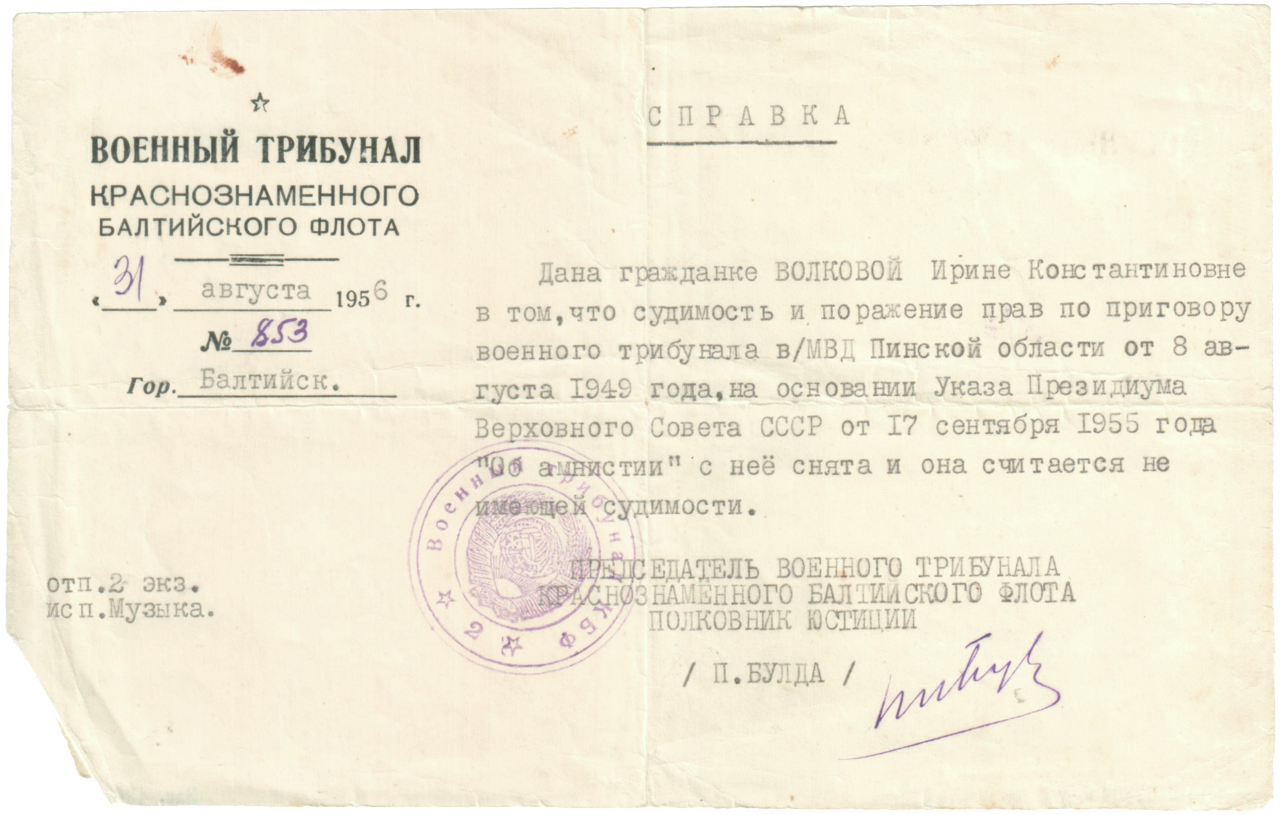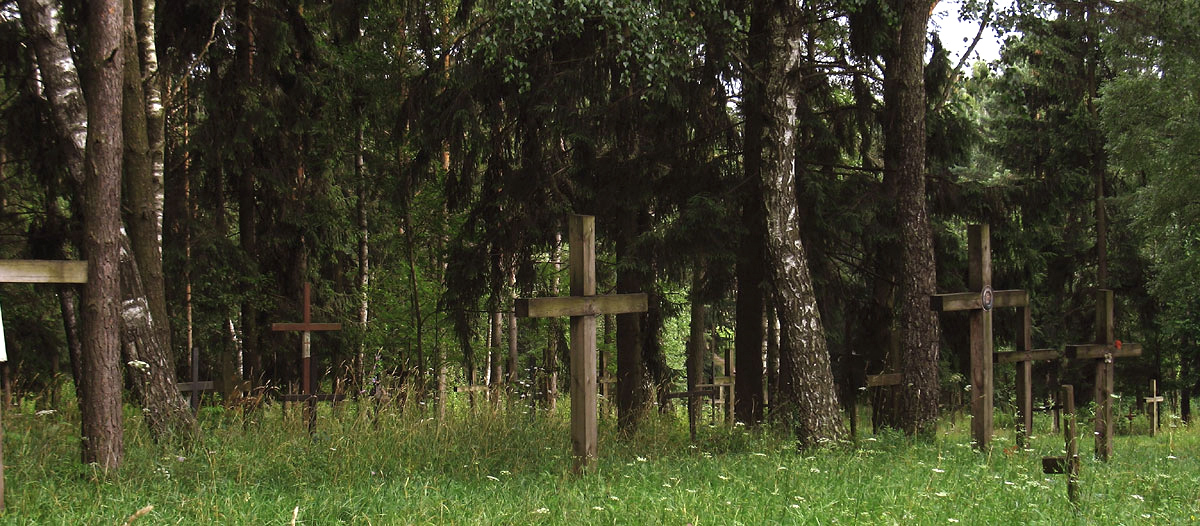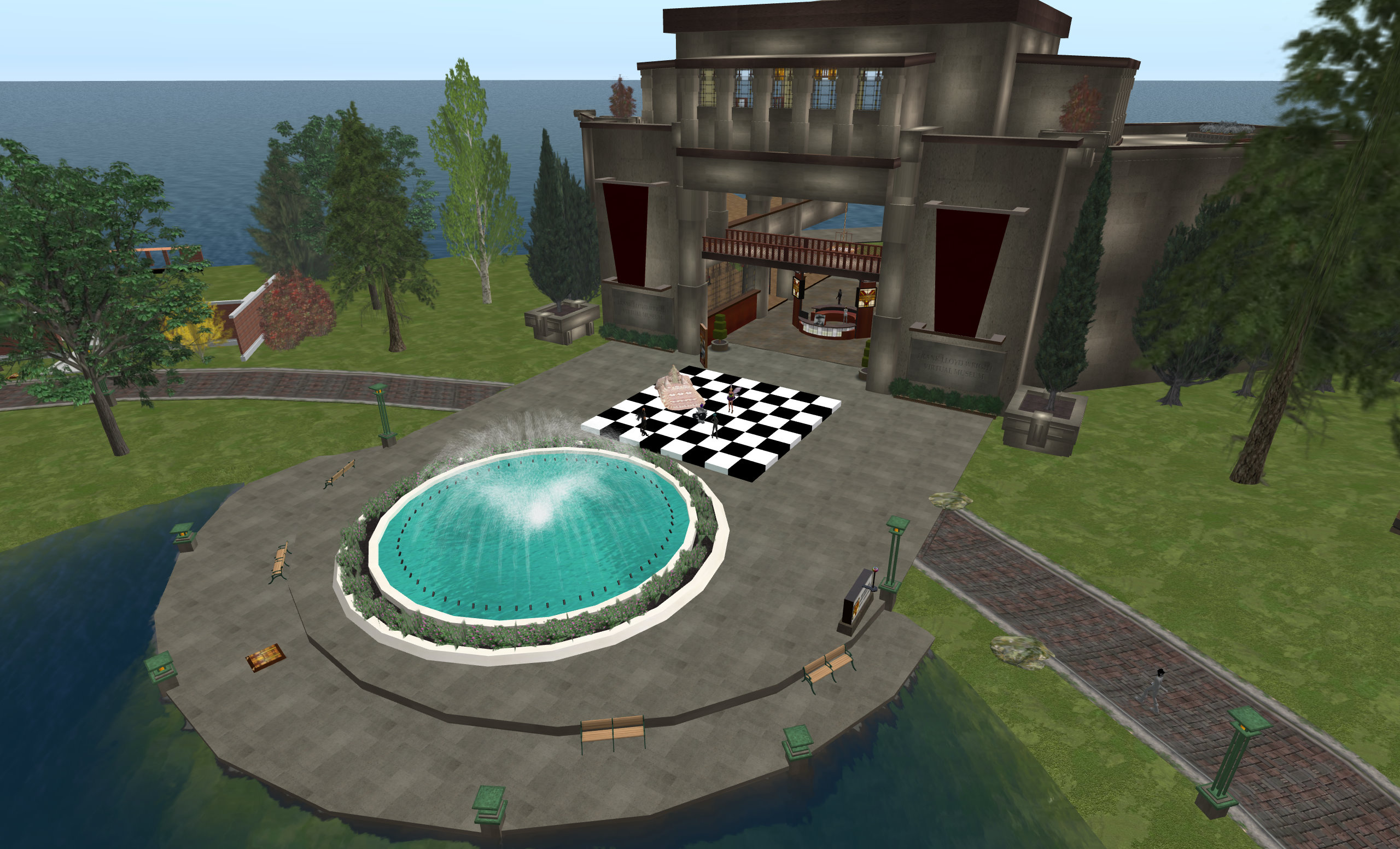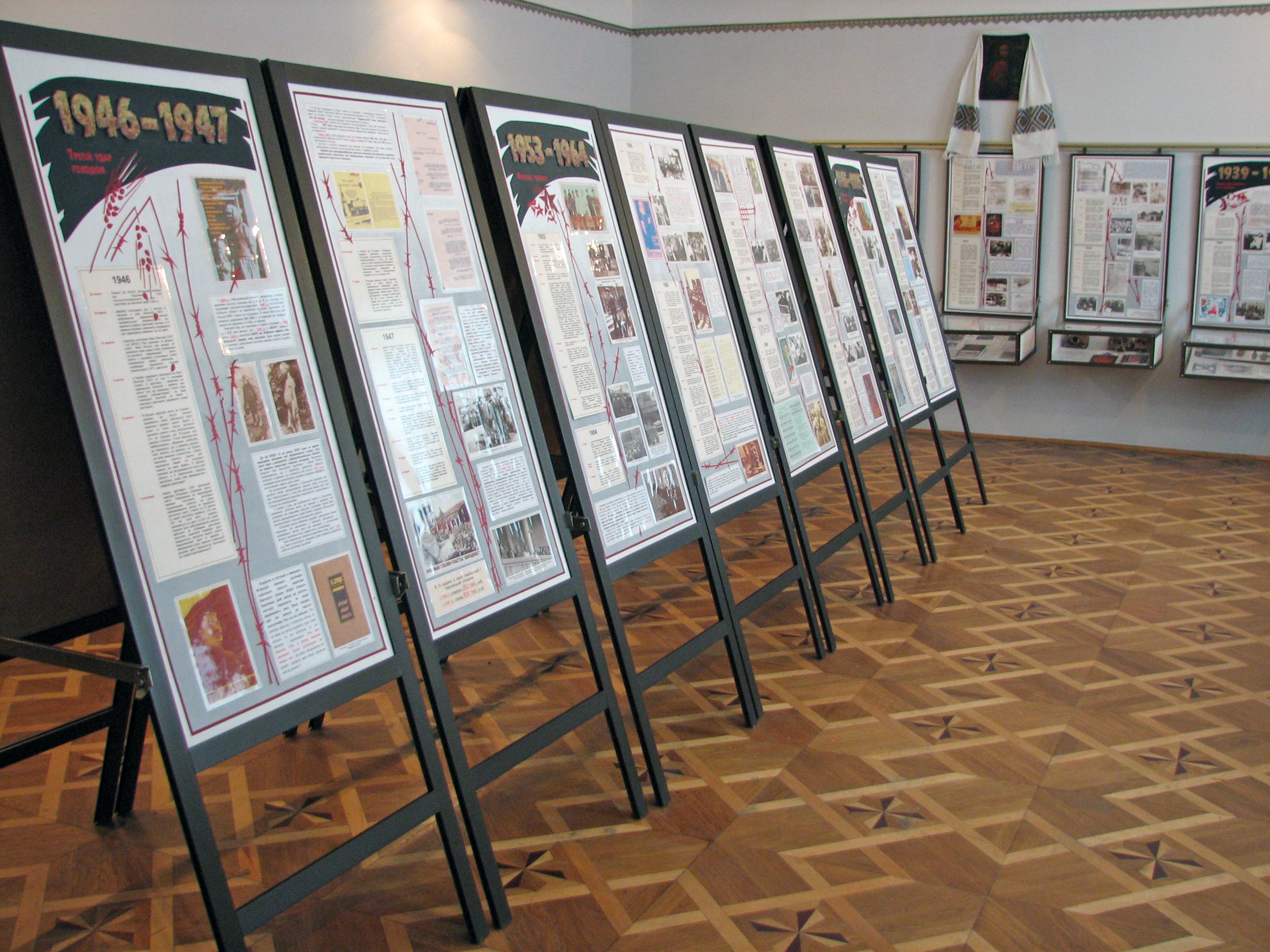|
Virtual Museum Of Soviet Repression In Belarus
The Virtual Museum of Soviet Repression in Belarus () is a non-commercial project of oral history from historians and other scientists from Belarus. Created as a virtual museum, it covers Soviet repression in Belarus. Background In 2007, the Belarusian Christian Democracy party launched a campaign called "Repentance". The campaign began meeting with former prisoners of camps, record their memories, and collect materials on the subject of repression. In 2012, an independent civic initiative was formed, which began to create a Virtual museum of Soviet repression in Belarus. The basis for the museum was materials collected during the campaign "Repentance". In 2014, a website for the virtual museum was created. The museum is only available online; there is currently as of 2020 no physical exhibition of the material. Concept of the museum The museum operates with an approach of oral history by presenting recordings of inhabitants of Belarus who report on their personal experiences wi ... [...More Info...] [...Related Items...] OR: [Wikipedia] [Google] [Baidu] |
Oral History
Oral history is the collection and study of historical information from people, families, important events, or everyday life using audiotapes, videotapes, or transcriptions of planned interviews. These interviews are conducted with people who participated in or observed past events and whose memories and perceptions of these are to be preserved as an aural record for future generations. Oral history strives to obtain information from different perspectives and most of these cannot be found in written sources. ''Oral history'' also refers to information gathered in this manner and to a written work (published or unpublished) based on such data, often preserved in archives and large libraries.oral history. (n.d.) The Columbia Electronic Encyclopedia®. (2013). Retrieved 12 March 2018 from https://encyclopedia2.thefreedictionary.com/oral+history Knowledge presented by oral history is unique in that it shares the tacit perspective, thoughts, opinions and understanding of the interview ... [...More Info...] [...Related Items...] OR: [Wikipedia] [Google] [Baidu] |
Soviet Repressions In Belarus
Soviet repression in Belarus () refers to cases of persecution of people in Belarus under Soviet rule. Number of victims According to researchers, the exact number of people who became victims of Soviet repression in Belarus is hard to determine because the archives of the KGB in Belarus remain inaccessible to historians. ow doctors were exterminated in the BSSR– interview with Leanid Marakou, Belarus' top historian of Soviet repressions According to incomplete estimates, approximately 600,000 people fell victim to Soviet repression in Belarus between the October Revolution in 1917 and the death of Joseph Stalin in 1953.В. Ф. Кушнер. Грамадска-палітычнае жыццё ў БССР у 1920–1930–я гг. // Гісторыя Беларусі (у кантэксьце сусьветных цывілізацыяў) С. 370. Other estimates rise the number to more than 1.4 million people, with 250,000 sentenced by the judiciary or executed by extrajudici ... [...More Info...] [...Related Items...] OR: [Wikipedia] [Google] [Baidu] |
World War II Museums
The world is the totality of entities, the whole of reality, or everything that exists. The nature of the world has been conceptualized differently in different fields. Some conceptions see the world as unique, while others talk of a "plurality of worlds". Some treat the world as one simple object, while others analyze the world as a complex made up of parts. In scientific cosmology, the world or universe is commonly defined as "the totality of all space and time; all that is, has been, and will be". Theories of modality talk of possible worlds as complete and consistent ways how things could have been. Phenomenology, starting from the horizon of co-given objects present in the periphery of every experience, defines the world as the biggest horizon, or the "horizon of all horizons". In philosophy of mind, the world is contrasted with the mind as that which is represented by the mind. Theology conceptualizes the world in relation to God, for example, as God's creation, ... [...More Info...] [...Related Items...] OR: [Wikipedia] [Google] [Baidu] |
History Museums In Belarus
History is the systematic study of the past, focusing primarily on the human past. As an academic discipline, it analyses and interprets evidence to construct narratives about what happened and explain why it happened. Some theorists categorize history as a social science, while others see it as part of the humanities or consider it a hybrid discipline. Similar debates surround the purpose of history—for example, whether its main aim is theoretical, to uncover the truth, or practical, to learn lessons from the past. In a more general sense, the term ''history'' refers not to an academic field but to the past itself, times in the past, or to individual texts about the past. Historical research relies on primary and secondary sources to reconstruct past events and validate interpretations. Source criticism is used to evaluate these sources, assessing their authenticity, content, and reliability. Historians strive to integrate the perspectives of several sources to develop a ... [...More Info...] [...Related Items...] OR: [Wikipedia] [Google] [Baidu] |
Virtual Museums
A virtual museum is a digital entity that draws on the characteristics of a museum, in order to complement, enhance, or augment the museum experience through personalization, interactivity, and richness of content. Virtual museums can perform as the digital footprint of a physical museum, or can act independently, while maintaining the authoritative status as bestowed by the International Council of Museums (ICOM) in its definition of a museum. In tandem with the ICOM mission of a physical museum, the virtual museum is also committed to public access; to both the knowledge systems embedded in the collections and the systematic, and coherent organization of their display, as well as to their long-term preservation. As with a traditional museum, a virtual museum can be designed around specific objects (such as an art museum or a natural history museum), or can consist of online exhibitions created from primary or secondary resources (as, for example in a science museum). Moreover, a ... [...More Info...] [...Related Items...] OR: [Wikipedia] [Google] [Baidu] |
Museums Established In 2014
A museum is an institution dedicated to displaying or preserving culturally or scientifically significant objects. Many museums have exhibitions of these objects on public display, and some have private collections that are used by researchers and specialists. Museums host a much wider range of objects than a library, and they usually focus on a specific theme, such as the arts, science, natural history or local history. Public museums that host exhibitions and interactive demonstrations are often tourist attractions, and many draw large numbers of visitors from outside of their host country, with the most visited museums in the world attracting millions of visitors annually. Since the establishment of the earliest known museum in ancient times, museums have been associated with academia and the preservation of rare items. Museums originated as private collections of interesting items, and not until much later did the emphasis on educating the public take root. Etymology The ... [...More Info...] [...Related Items...] OR: [Wikipedia] [Google] [Baidu] |
Internet Properties Established In 2014
The Internet (or internet) is the Global network, global system of interconnected computer networks that uses the Internet protocol suite (TCP/IP) to communicate between networks and devices. It is a internetworking, network of networks that consists of Private network, private, public, academic, business, and government networks of local to global scope, linked by a broad array of electronic, Wireless network, wireless, and optical networking technologies. The Internet carries a vast range of information resources and services, such as the interlinked hypertext documents and Web application, applications of the World Wide Web (WWW), email, electronic mail, internet telephony, streaming media and file sharing. The origins of the Internet date back to research that enabled the time-sharing of computer resources, the development of packet switching in the 1960s and the design of computer networks for data communication. The set of rules (communication protocols) to enable i ... [...More Info...] [...Related Items...] OR: [Wikipedia] [Google] [Baidu] |
2014 Establishments In Belarus
Fourteen or 14 may refer to: * 14 (number), the natural number following 13 and preceding 15 * one of the years 14 BC, AD 14, 1914, 2014 Music * 14th (band), a British electronic music duo * ''14'' (David Garrett album), 2013 *''14'', an unreleased album by Charli XCX * "14" (song), a 2007 song by Paula Cole from ''Courage'' * "Fourteen", a 2000 song by The Vandals from '' Look What I Almost Stepped In...'' Other uses * ''Fourteen'' (film), a 2019 American film directed by Dan Sallitt * ''Fourteen'' (play), a 1919 play by Alice Gerstenberg * ''Fourteen'' (manga), a 1990 manga series by Kazuo Umezu * ''14'' (novel), a 2013 science fiction novel by Peter Clines * ''The 14'', a 1973 British drama film directed by David Hemmings * Fourteen, West Virginia, United States, an unincorporated community * Lot Fourteen, redevelopment site in Adelaide, South Australia, previously occupied by the Royal Adelaide Hospital * "The Fourteen", a nickname for NASA Astronaut Group 3 * Fourteen ... [...More Info...] [...Related Items...] OR: [Wikipedia] [Google] [Baidu] |
Museum Of Soviet Occupation, Kyiv
The Museum of Soviet occupation (, ''Muzei radianskoi okupatsii'') in Kyiv, Ukraine, is devoted to portraying the crimes of the Soviet regime in History of Ukraine, Ukraine from 1917 to 1991. It was established in November 2001 by the Vasyl Stus branch of Memorial (society), Memorial Society as an exhibition "Not to be forgotten: The Chronicle of Communist inquisition." Between 2001 and 2007, the exposition grew into a full-fledged museum. On May 30, 2007, it received its current name. History In November 2001, the Vasyl Stus branch of Memorial (society), Memorial Society established on its premises an exhibition titled "Not to be forgotten: The Chronicle of Communist inquisition." Documents, photographs and posters made up the initial items of the exposition. These were gathered by the Memorial branch in Ukraine and by sister-organizations in Russia. Among the most interesting exposee items is a large map of Soviet concentration camps in Ukraine created during the time o ... [...More Info...] [...Related Items...] OR: [Wikipedia] [Google] [Baidu] |
Museum Of Occupations And Freedom Fights
The Museum of Occupations and Freedom Fights () in Vilnius, is dedicated to showing artifacts and records from the 50-year period of Soviet occupation of Lithuania. Description The museum was established in 1992 by order of the Minister of Culture and Education and the president of the Lithuanian Union of Political Prisoners and Deportees. In 1997, it was transferred to the Genocide and Resistance Research Centre of Lithuania. The museum is located in the former KGB headquarters across from the Lukiškės Square and is informally referred to as the KGB Museum. The museum is dedicated mostly to collecting and exhibiting documents relating to the 50-year occupation of Lithuania by the Soviet Union, the anti-Soviet Lithuanian partisans, and the victims of the arrests, deportations, and executions that took place during this period. Before 2018, the museum was known as the Museum of Genocide Victims, reflecting a broadened definition of ''genocide'' used by the Genocide and ... [...More Info...] [...Related Items...] OR: [Wikipedia] [Google] [Baidu] |
Virtual Museum
A virtual museum is a digital entity that draws on the characteristics of a museum, in order to complement, enhance, or augment the museum experience through personalization, interactivity, and richness of content. Virtual museums can perform as the digital footprint of a physical museum, or can act independently, while maintaining the authoritative status as bestowed by the International Council of Museums (ICOM) in its definition of a museum. In tandem with the ICOM mission of a physical museum, the virtual museum is also committed to public access; to both the knowledge systems embedded in the collections and the systematic, and coherent organization of their display, as well as to their long-term preservation. As with a traditional museum, a virtual museum can be designed around specific objects (such as an art museum or a natural history museum), or can consist of online exhibitions created from primary or secondary resources (as, for example in a science museum). Moreover, a ... [...More Info...] [...Related Items...] OR: [Wikipedia] [Google] [Baidu] |
Gulag
The Gulag was a system of Labor camp, forced labor camps in the Soviet Union. The word ''Gulag'' originally referred only to the division of the Chronology of Soviet secret police agencies, Soviet secret police that was in charge of running the forced labor camps from the 1930s to the early 1950s during Joseph Stalin's rule, but in English literature the term is popularly used for the system of forced labor throughout the Soviet era. The abbreviation GULAG (ГУЛАГ) stands for "Гла́вное управле́ние исправи́тельно-трудовы́х лагере́й" (Main Directorate of Correctional Labour Camps), but the full official name of the agency #Etymology, changed several times. The Gulag is recognized as a major instrument of political repression in the Soviet Union. The camps housed both ordinary criminals and political prisoners, a large number of whom were convicted by simplified procedures, such as NKVD troikas or other instruments of extra ... [...More Info...] [...Related Items...] OR: [Wikipedia] [Google] [Baidu] |










